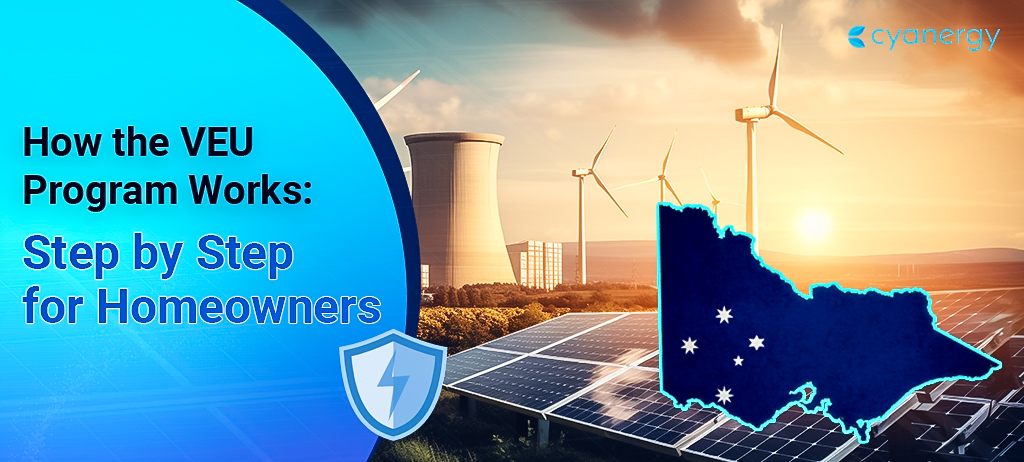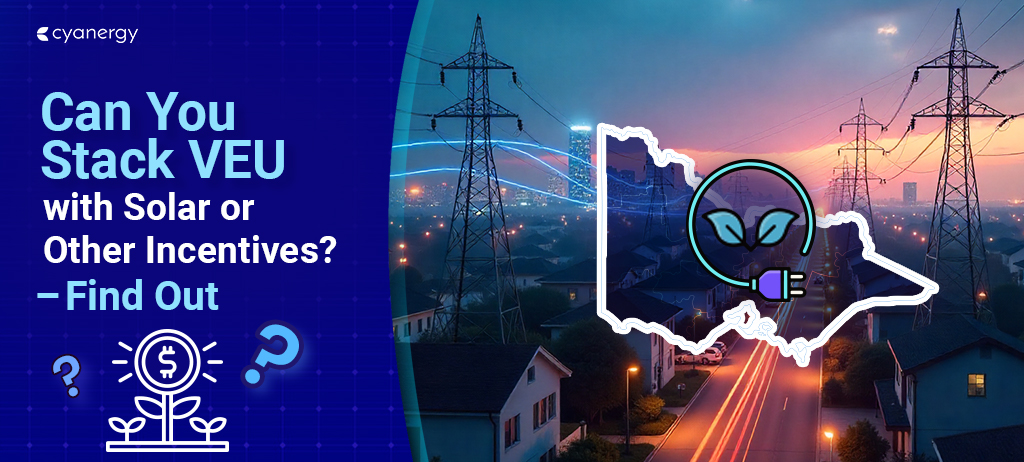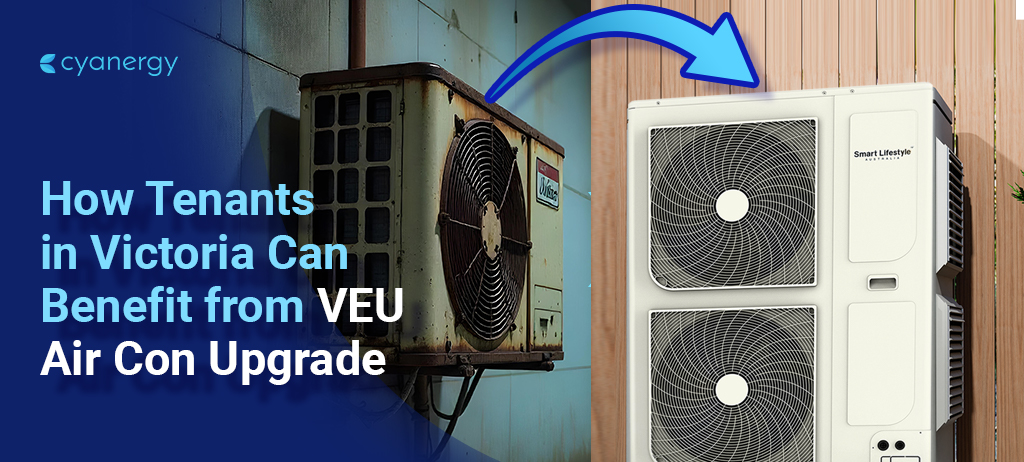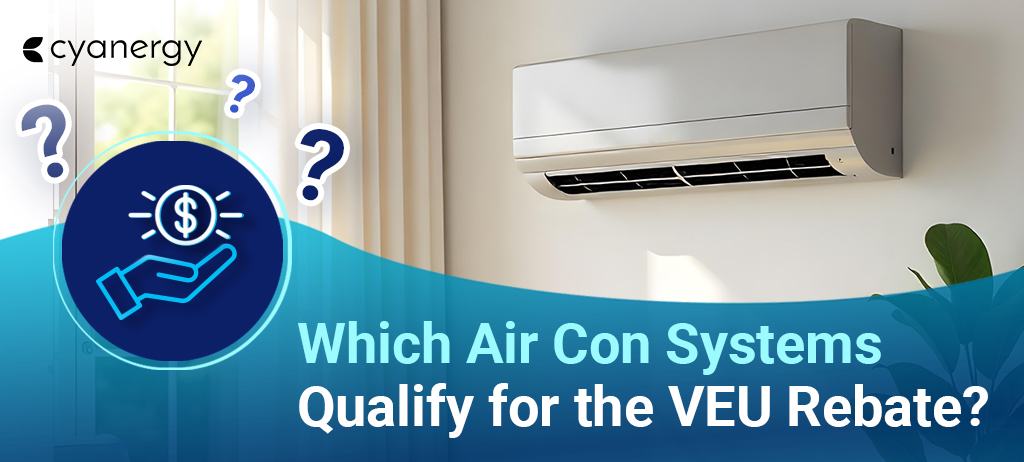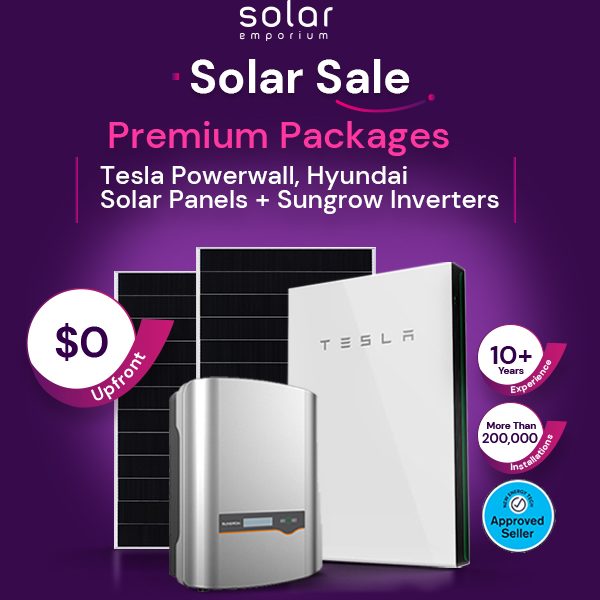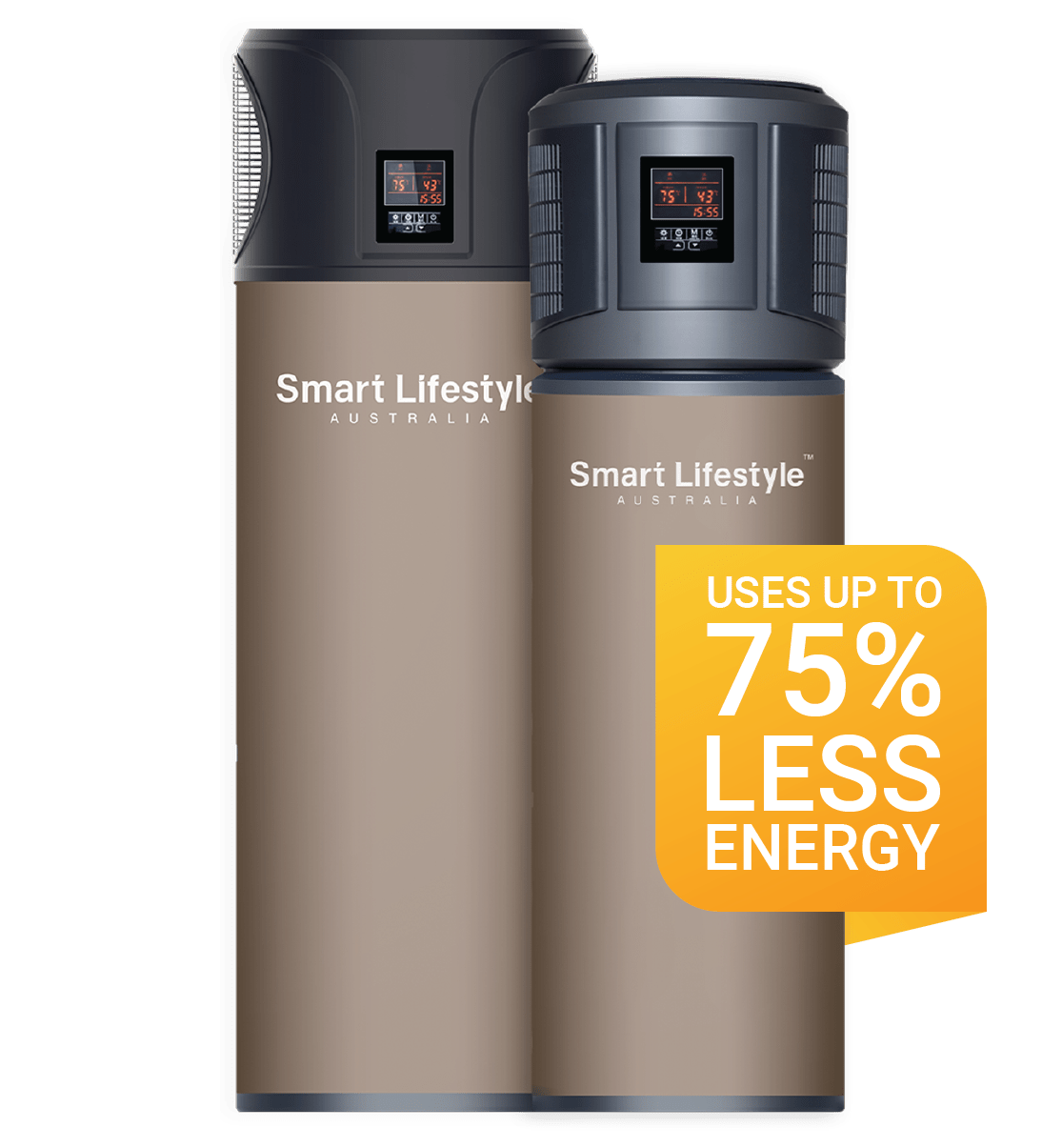Solar and wind, two of the most powerful renewable energy sources, have surged across the Australian landscape, powering households, industries, and the country’s ambitious climate goals.
The reason is simple: they provide a fantastic source of clean, carbon-free electricity.
According to recent data, renewable sources, including rooftop solar, large-scale solar, wind, and battery storage, supplied 43% of the electricity on Australia’s main grid between January and March 2025.
That’s up from 39% during the same period last year, marking a clear shift away from fossil fuels. Impressive, right?
This rapid transformation has been fueled not just by necessity, but also by continuous innovation. Therefore, the debate naturally arises as Australia moves ahead in its clean energy transition:
Solar vs Wind: Which is the better renewable energy source?
Well, both technologies bring unique advantages, yet their effectiveness varies by region, cost, and environment. Each plays a crucial role in the Australian broader energy mix.
So, in the great energy showdown, Solar vs Wind, who wins the battle? Let’s break it down together!
In this blog post:
- Australia’s Renewable Landscape: Building the Future!
- So, Solar Vs Wind, Which Renewable Energy Source is Better?
- Do Solar and Wind Power Outshine Each Other? | Let’s Compare!
- Solar vs Wind Energy: Which Offers Better Value for Money?
- Australia’s 100% Renewable Energy Shift: Is Solar or Wind More Effective?
Australia’s Renewable Landscape: Building the Future!
Yes, it’s evident that Australia is rapidly reshaping its energy future through a bold shift toward renewables. With abundant sunshine, vast open spaces, and strong wind corridors, the country is perfectly positioned to harness clean energy at scale.
Moreover, the country is already working efficiently to reach 82% renewable energy target by 2035 while keeping its steady focus on achieving net-zero emissions by 2050.
Why This Energy Transition Matters?
From rooftop solar panels in suburban neighborhoods to large-scale wind farms in rural regions, renewable energy is no longer just a simple solution; it’s becoming the backbone of Australia’s electricity supply.
Besides cutting carbon emissions and reducing grid pressure, this evolving landscape is also driving innovation and investment, offering energy independence for generations to come.
In essence, Australia’s journey toward this cleaner, more resilient energy system is gaining momentum, and the following data tell a compelling story.
So, now let’s have a deeper insight into some statistical data:
- In 2023, renewables accounted for 39.4% of Australia’s total electricity supply, nearly double the share measured in 2017, when renewables made up just 17%.
- That same year saw a remarkable 5.9 GW of new renewable generation capacity added, including 2.8 GW of large-scale projects and 3.1 GW of rooftop solar installations across 337,498 homes and businesses.
- Battery storage also showed a rapid escalation, with 27 utility-scale battery projects (5 GW / 11 GWh capacity) under construction by the end of 2023.
- In the 2022–23 financial year, renewables provided 33% of domestic electricity use, comprising 151 PJ of solar, 114 PJ of wind, and 60 PJ of hydro, with solar growing by 21% and wind by 9%.
- In the National Electricity Market (NEM), renewables averaged 39 to 40% of electricity generation in 2023–2024, with Q4 2024 reaching a quarterly record of 46%, and at times exceeding 75% instantaneous contribution.
So, Solar Vs Wind, Which Renewable Energy Source is Better?
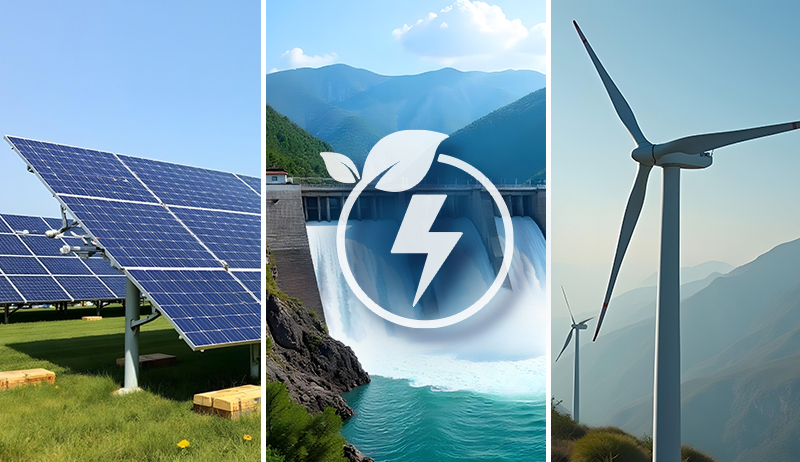
Currently, solar and wind energy are Australia’s most widely used types of renewable energy. The scenario is quite similar worldwide, too.
Therefore, one may automatically wonder which energy source is more efficient. The most efficient option is heavily influenced by the environment in which you live.
For example:
Solar power will be much easier to produce in some areas, but wind energy will be more readily available in others. We will examine factors influencing wind and solar energy efficiency, but first, we need to understand what wind and solar energy are.
Wind Energy
Wind energy harnesses the power of moving air to generate electricity using wind turbines.
When the wind blows around the turbine’s blades, it converts the rotating blades’ energy into mechanical power. It is then converted into energy to pump water, grind grain, or power homes, businesses, schools, and even power plants.
It’s one of the fastest-growing sources of clean energy, especially effective in open, windy areas. Wind farms can be built on land or offshore, producing large-scale, zero-emission power with minimal ongoing costs.
Solar Energy
Solar energy captures sunlight and converts it into electricity using photovoltaic (PV) panels.
It’s ideal for residential rooftops, remote areas, and large solar farms. With Australia’s abundant sunshine, solar is a cost-effective, scalable, and increasingly popular choice for clean energy generation.
Clean and Green Energy
Clean and green energy refers to power sources that produce little to no pollution or carbon emissions. Unlike fossil fuels, clean energy helps reduce climate change impacts, improve air quality, and support a sustainable future.
These energy sources include solar, wind, hydro, and most importantly, reliable and robust battery storage.
However, wind and solar power systems are the most popular green energy alternatives to fossil fuels among the various renewable energy sources. They contribute significantly to reducing our dependence on fossil fuels.
It has the potential to improve local infrastructure and economies by creating jobs. Because of its low operating costs, it can supply power even to the most remote parts of the world.
In Australia, solar panels and wind turbines are expensive to manufacture, install, and maintain, but nowadays, with government rebates, energy-saving schemes, and other financial incentives, most people can afford them.
Do Solar and Wind Power Outshine Each Other? | Let’s Compare!
When it comes to clean energy, undoubtedly, solar and wind power are the reigning champions. But which one truly takes the lead?
The truth is both have unique advantages and shine in different scenarios.
Whether you’re a homeowner considering renewable energy, a business exploring sustainable options, or simply curious about the future of power, understanding how these energy sources stack up is key.
So, is one better than the other? Or do they work best hand in hand?
Let’s dive in and find out!
Solar Energy in Australia: Explore the Strengths & Challenges
Advantages of Solar Power
- Solar has Unmatched popularity
With over 4 million installations across urban and rural areas, solar energy is making Australia the global leader in rooftop solar per capita.
- Cost-effective & fast ROI
In solar, the installed system costs are relatively low, with payback typically within 5–7 years. Everything is made possible due to government incentives and dropping technology prices.
- Ensure Residential convenience
Solar reliably converts sunlight into electricity, works silently, involves minimal maintenance, and can be installed on rooftops or small land. This makes solar an attractive option for Australian homeowners.
- Offers Grid stability and Feed In Tariff
Solar exports surplus energy to the grid, restoring grid stability during peak demand hours.
Residents can also earn credit by selling extra power, fostering economic growth. Rooftop solar growth has also reduced energy bills and cut emissions.
- Achieved Real-world milestones
South Australia achieved over 100% daytime electricity demand via rooftop solar, and at times, rooftop PV alone delivered over 80% of regional demand.
Challenges of Solar Energy
- Dependency on daylight
Solar generates power only during the day or in good weather. That puts stored or backup power systems at the center of full-day energy strategies.
- Degradation over time
Solar panels degrade by roughly 0.5% annually, reducing output slightly year over year.
- High upfront costs for equipment
Though affordable, installing panels and potentially battery storage still has a significant upfront cost depending on roof type and system size.
- Environmental footprint
Although low during operation, the environmental impact of panel manufacturing and disposal raises significant concerns. However, advancements in recycling are helping to mitigate this issue.
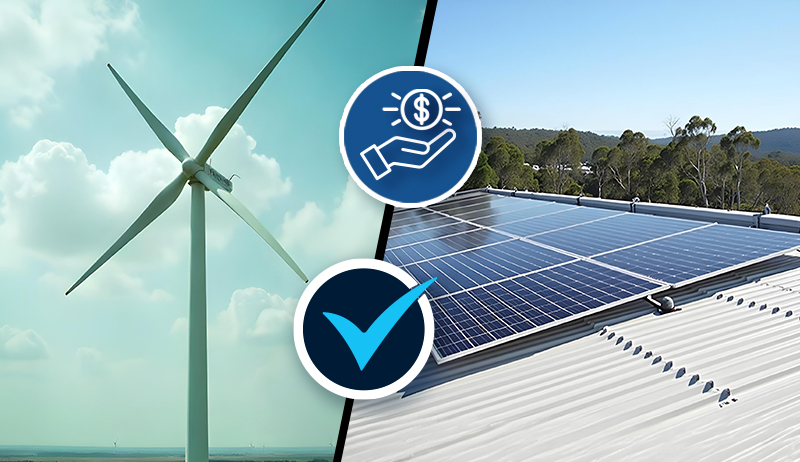
Advantages and Challenges of Wind Energy in Australia
Advantages of Wind Power
- High conversion efficiency:
Wind turbines can capture up to 60% of wind energy, compared to 22% for residential solar PV.
- Day-and-night output
Wind can operate continuously if wind speeds are adequate, complementing solar’s daylight-only generation.
- Scale and impact
Major wind farms deliver substantial power that’s enough for hundreds of thousands of Aussie homes.
- Cost-effective when scaled
Integrated with solar and storage, wind is among the cheapest new electricity sources even at high renewable proportions.
Disadvantages of Wind Power
- High capital & complexity
Wind farms have higher setup costs and require technical wind assessments and suitable large landscapes.
- Intermittency
Energy generation depends on wind patterns. If the wind is too weak, the output drops, and too strong winds can cause turbines to shut down. This creates variability like solar does.
- Impacts on the Environmental & social concerns
Wind farms may disrupt bird/bat habitats and create visual or noise issues, limiting site feasibility in populated zones.
- Current State
In early 2025, no new wind farms started construction due to high turbine costs and market uncertainties. Also, the Government schemes currently favor solar over wind energy.
Solar vs Wind Energy: Which Offers Better Value for Money?
Based on daily electricity consumption, average sunlight received, and individual panel output, an average household of six would require approximately 24 solar panels to meet its energy needs.
Solar panel prices will typically range between $11,000 and $15,000. It will produce 6,000 to 10,000 kWh per year. The cost of installation varies depending on a variety of factors. It can cost 4.6 cents per kWh.
Similarly, the annual average wind speed of an area and a house’s size and energy consumption pattern determine whether a wind turbine can power a house.
A 5kW wind turbine will provide enough energy to power a 6-person household. It would be equivalent to the energy generated by 24 solar panels.
Moreover, wind turbine installation costs will range between $50,000 and $70,000. It will depend on the size and height of the turbine and the equipment used.
Australia’s 100% Renewable Energy Shift: Is Solar or Wind More Effective?
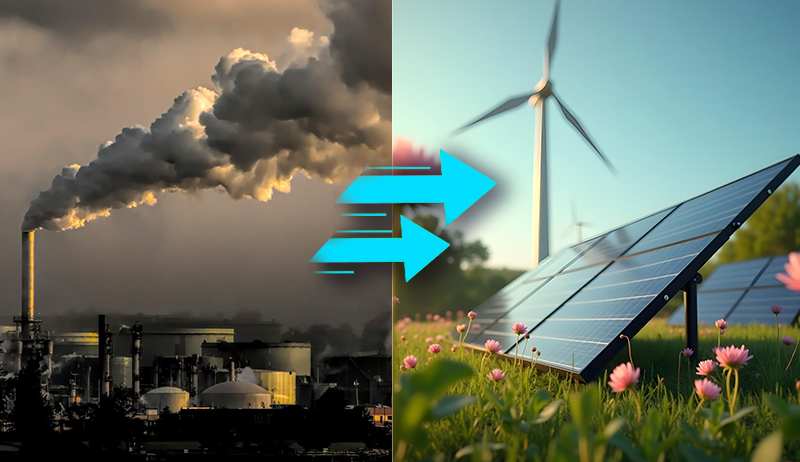
Now you already know all the advantages and disadvantages of solar and wind energy from the above parts. So, when comparing effectiveness, it all comes down to how well each technology converts natural energy into usable electricity.
Solar panels, while incredibly convenient and easy to install on rooftops or open land, typically converts only around 20 to 22% of sunlight into electricity.
Their efficiency depends heavily on weather conditions, time of day, and your geographic location.
Wind turbines, on the other hand, are more impressive in terms of conversion. They can capture and convert up to 45 to 60% of the wind’s kinetic energy into electrical power, making them significantly more efficient on paper.
However, wind energy comes with its own set of challenges. Turbines require large, open spaces with consistent and strong wind flow, which makes them less practical for urban or residential use.
So, even though wind power may be more efficient in theory, solar energy remains more accessible and adaptable for everyday users.
Therefore, solar energy is playing a more effective role in contributing to Australia’s 100% transition to renewable energy, significantly shaping the future of the country.
Want more informative content like this? Keep your eyes on Cyanergy. Also, don’t forget to check out our solar packages and win a free solar quote today!
